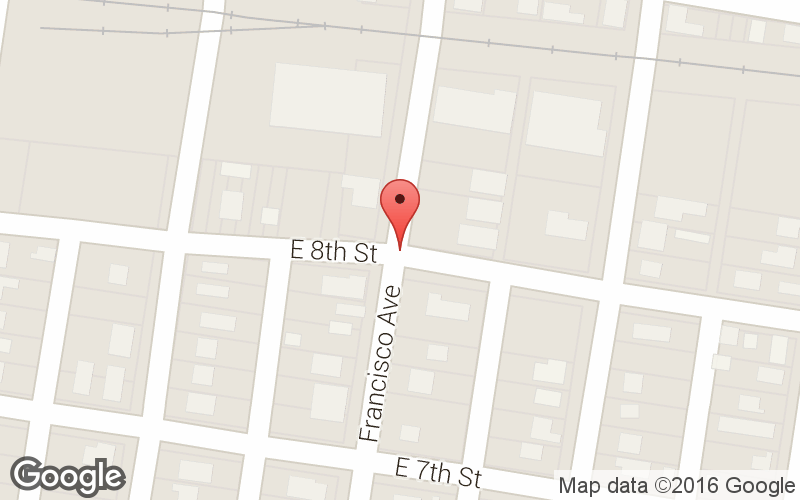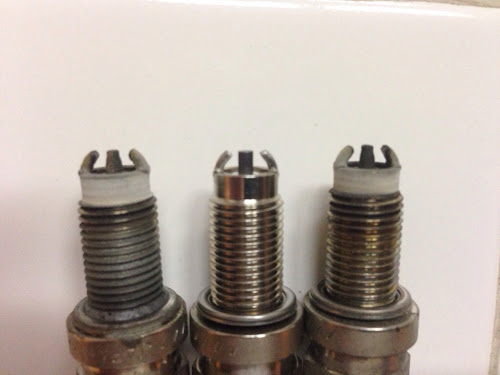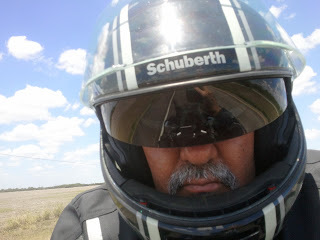BMW RT Switch Gear Repair... Maybe!
Tomas Perez
Updated 2014/01/19 - 2013/06/13 - 2013/06/04
Warning: This may not work for everyone!
Update: The switch finally totally quit on me (Jan 2014)
I stumbled into something that seems to have fixed both my right hand and left hand switch gear on my 2010 BMW R1200RT. The bike currently has about 44,000 miles. The left hand switch has been replaced four times since the bike was new. Failures include bad cruise control (twice), bad windshield switch, and bad horn switch. The last time the LH switch was replaced was April 17, 2013. During a short 220 mile ride on May 27th I noticed that the windshield switch was not working while trying to raise the windshield. That's the same problem I had with the switch when the bike was less than a year old. In addition, when I stopped for a water break the bike would not start. I kept pressing the start button while I cycled the clutch, side stand, and gear shift lever. Nothing helped but after a number of presses the bike cranked over and started. This behavior continued for the rest of the ride. By the time I got home it was very difficult to start the bike.
The Service Manager at the dealer told me to spray some kind of contact cleaner on the starter switch so that I could start the bike and take it to him (265 mile each way). I decided to use WD 40 Silicone spray mostly because it said it was safe for plastic and rubber parts. It also provides a waterproof coating on parts. I sprayed the switch and it would work after about 3 pushes. Looking good! I used a very small amount on the windshield switch also but it did not help.
The following day I went for a test ride. The starter switch worked every time on the first push. The windshield switch would work after a few tries. By the end of my 10 mile test ride it was working on the first press almost every time I tried. On the following day all was still well with the starter switch and the windshield switch continues to get better. I'm thinking it might need a little more lubricant since I used very little the first time but I will continue to evaluate. In the mean time the dealer is looking into getting the LH switch replaced under goodwill since the switch failed after only 6 weeks.
2013/06/04 - Update:
I've gone on a few short rides. The starter switch is working 100% of the time. I can move the windshield up by pressing the switch in a very special way. I don't want to hit it with more lubes because the dealer has agreed to replace the switch again.
2013/06/11 - Update:
The Boerne dealer replaced the LH switch gear on 6/7/2013. I left the bike at the shop on Thursday and by 8:10AM on Friday the service manager called me telling me that the bike was ready. All is well with the LH switches now. I did have to try the starter several times before it made contact and started my bike on Saturday (6/8/2013). I should mention that the bike sat out in the rain and I did some riding in the rain. Maybe water is getting into these new switches. By new I mean the 2010+ RT switch gear. I plan to continue to use a cleaner/water repellent type of contact spray on the RH switch. I hit a lot of rain yesterday and the switch worked fine. My Austin, TX dealer is going to try to get the switch replaced since the bike is only a little over a month out of warranty. I did confirm that once I start to pay for these switches they have a 2 year replacement policy as long as they are installed by the dealer.
2013/08/25 - Update:
I just wanted to add that the starter switch is still working and I have not done anything to it since the first time. I'm tempted to give it another shot of silicone but if it's working I'm not going to mess with it.
2013/10/19 - Update:
The starter switch finally gave out three days ago. Early in the day it was taking anywhere from 5 to 10 presses of the switch to get it to work. By the time I got home it was taking way more than 10 presses to start the bike. I did the contact cleaner and silicone spray thing again but it did no good.
Well... since my dealer is 265 miles away I decided to experiment a little. In any case, I had nothing to loose and I had to find a way to start the bike so that I could ride it to the dealer. I can make it on one tank of gas if I don't ride too fast. What I did was to remove the switch from the bar. There are only two very small screws holding the two halves together. I think they are Torx 7 or 8. Once off the bar there is not much more of the switch that you can see except for the wires leading to the switch gang. In any case, I sprayed the starter switch with a good dose of contact cleaner. The cleaner must have done it's job too well. The reason I say that is that once I cleaned the switch I could hardly move it to either the stop or start position. So then I hit it with a couple of short squirts of the silicon spray. I let it soak for a few minutes before I tested it prior to reassembly. To my pleasant surprise the switch worked! Today was just my second day with the repair but the switch has been working perfectly. I'll update this post if there is any change but so far so good.
tsp
Still looks new but it failed... again!








